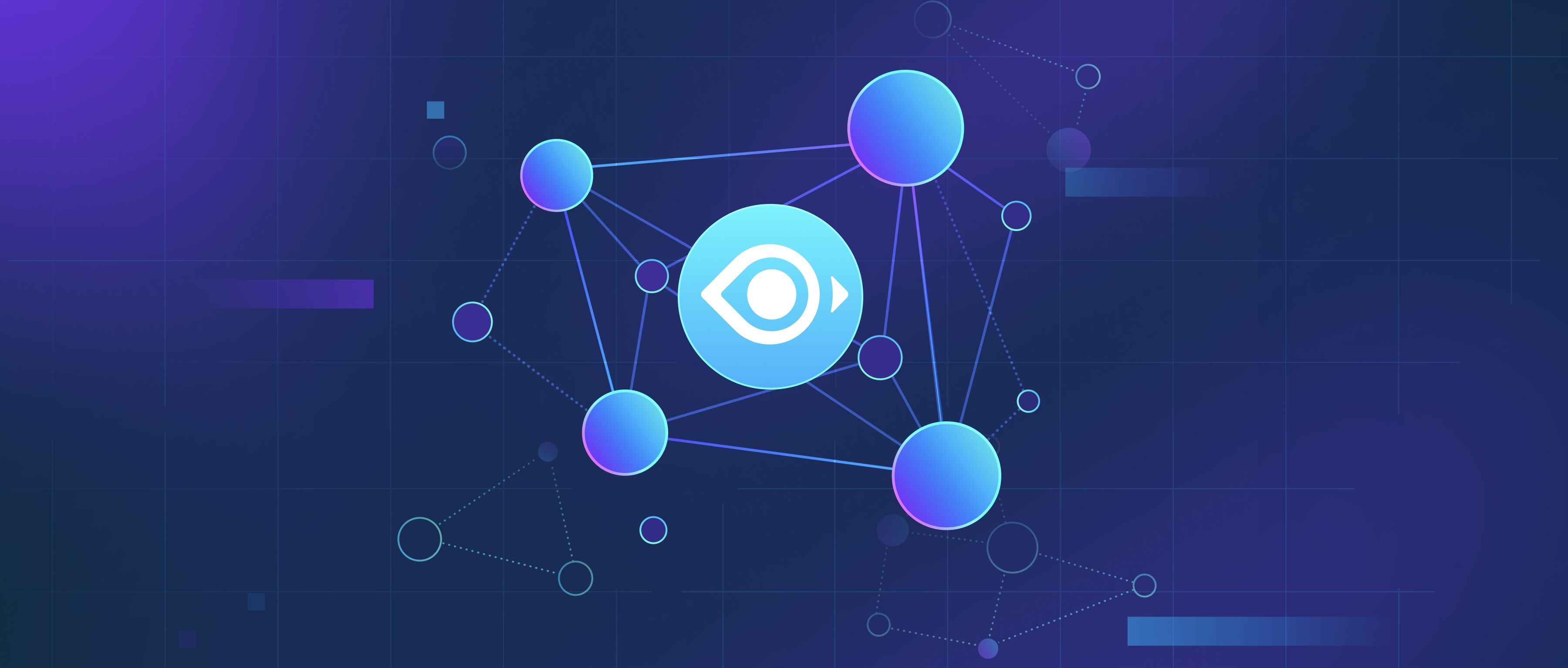The choice of noise schedule plays a crucial role in determining the quality of samples generated by generative models, such as diffusion models. A noise schedule refers to the way noise is added and then removed during the training and sampling processes. Different schedules can influence how well the model learns the underlying patterns of the data and how effectively it can generate samples that resemble the training dataset. A well-designed noise schedule can lead to higher-quality samples, while a poorly designed one may result in noisy or irrelevant outputs.
One common example is a linear noise schedule, where noise is gradually increased at a constant rate throughout the training process. This approach often allows the model to maintain a balance between learning the data distribution and incorporating randomness. As the noise increases, the model focuses on reconstructing higher-level features from less coherent reconstructions. Conversely, a non-linear schedule, which might increase noise more rapidly at first and slow it down later, could help the model escape local minima during learning but may also risk losing important details if not managed carefully. The choice between these schedules affects the trade-off between exploratory and exploitative behaviors of the model during sampling.
Ultimately, the impact of different noise schedules can be assessed through the quality of generated samples. A well-structured noise schedule should enable the model to generate samples that not only reflect the training data distribution but also capture finer nuances, such as texture and structure. For instance, in image generation tasks, a model using an appropriate noise schedule might generate clear and visually appealing images, while one that uses an inadequate schedule might produce blurred or unrealistic results. Developers should experiment with various schedules to find the best fit for their specific use case and ensure that they produce samples that meet their quality expectations.
